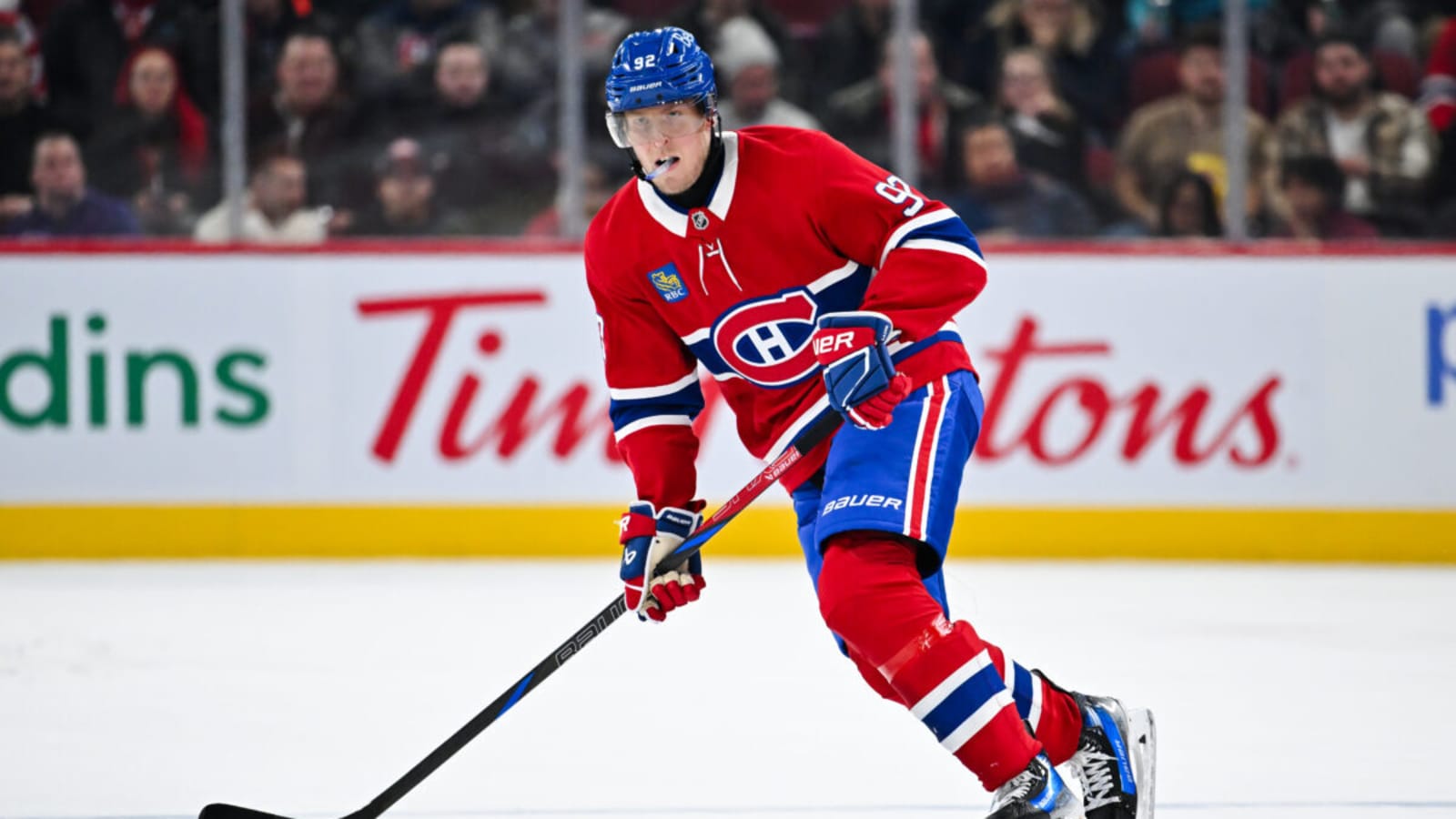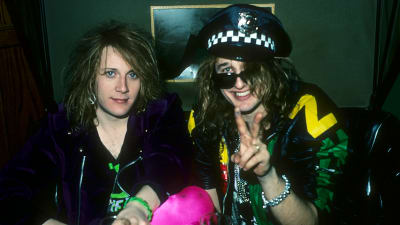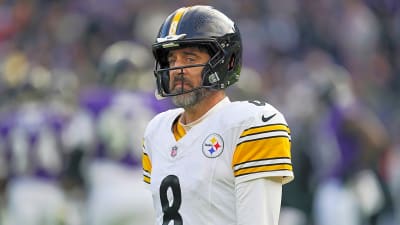
When the Montreal Canadiens acquired Patrik Laine, the move turned heads across the NHL. Here was a former 40-goal scorer, once among the league’s most lethal snipers, joining a young, fast-rising team still shaping its identity. On paper, it looked like a perfect match: an elite shooter to complement Montreal’s growing offensive core of Cole Caufield, Nick Suzuki and Juraj Slafkovsky. But reality has played out differently. Laine’s impact has been minimal, his role limited, and now an injury has sidelined him. Ironically, the Canadiens might be finding their best version of themselves in his absence. The team looks faster, more connected, and more in tune with the identity that head coach Martin St. Louis has been building since day one.
Laine’s Injury
When healthy, Laine still possesses one of the most dangerous shots in hockey. Few players can release the puck with the same mix of power, precision, and speed. Yet despite that undeniable skill, his role in Montreal this season has been surprisingly small. Only Joe Veleno, Owen Beck, and Joshua Roy have played fewer minutes per game on offence, and all three weren’t even in the lineup on opening night.
Laine’s ice time and deployment tell a clear story: he hasn’t earned the trust of the coaching staff yet. He’s been used sparingly at even strength, often on the fourth line beside Jake Evans and Josh Anderson, and his power-play minutes have come exclusively on the second unit. For a player once expected to be a top-six fixture and power-play focal point, it’s a sharp contrast from the heights of his Winnipeg Jets and Columbus Blue Jackets days.
Now, with Laine injured, the Canadiens face an intriguing paradox. Losing a player of his talent would normally be a major concern, but in this case, his absence may actually be helping the team find a more balanced, sustainable rhythm.
Canadiens’ Identity Is Clearer Without Laine
The Canadiens have spent the past two seasons crafting an identity built on structure, pace, and work ethic. They don’t have a superstar who dominates possession like a Connor McDavid or Auston Matthews; instead, their strength lies in their collective effort. Every player, from the top line to the fourth, is expected to skate hard, pressure the puck, and commit defensively.
Laine’s style of play, however, doesn’t naturally align with that system. His game is built around positioning for open looks, not chasing pucks or closing passing lanes. In Winnipeg and Columbus, he thrived as a complementary sniper surrounded by play-drivers who fed him the puck. But Montreal’s system demands something different: it asks every winger to retrieve pucks, win board battles, and transition quickly.
Without Laine in the lineup, the Canadiens’ game has flowed more naturally. The pace has increased, the defensive coverage has tightened, and the forecheck has become more relentless.
Even the power play has benefited. Instead of focusing on feeding a single shooter, Montreal’s man advantage has leaned on puck movement, deception, and mobility. The result? A more unpredictable and dynamic attack that keeps penalty killers guessing.
Perhaps most importantly, the team’s defensive structure has solidified. Forwards are backchecking with purpose, defensive zone exits are cleaner, and the team is limiting odd-man rushes. The Canadiens look like a group where every piece fits, something that has sometimes been harder to achieve when trying to accommodate Laine’s unique skill set.
This Doesn’t Mean Laine Won’t Play Again
It’s important to note that this isn’t an argument for keeping Laine out of the lineup permanently. When healthy, he remains one of the NHL’s most gifted pure scorers, and there’s no denying what that kind of talent can bring to a team. The challenge lies in finding the right role – and the right expectations – for him to succeed without disrupting the Canadiens’ overall identity.
If Laine can adapt his game to the team’s style, skating harder on the forecheck, maintaining defensive engagement, and accepting a role that may be smaller than in years past, he can still be a valuable weapon. A third-line scoring role or a specialized shooter position on the power play might allow him to contribute meaningfully without compromising the Canadiens’ pace and structure.
Montreal’s success this season has come from buy-in, not star power. Every player understands his role and executes it within a system that prioritizes team play over individual flair. Laine’s next step will be proving that he can embrace that philosophy. If he can, his shot could once again be an asset rather than an outlier.
More must-reads:
- Penguins' latest collapse reached historic level of incompetence
- Minnesota Wild's blockbuster trade for Quinn Hughes comes at perfect time
- The '2025-26 bowl game host cities' quiz
Breaking News
Trending News
Customize Your Newsletter
 +
+
Get the latest news and rumors, customized to your favorite sports and teams. Emailed daily. Always free!








